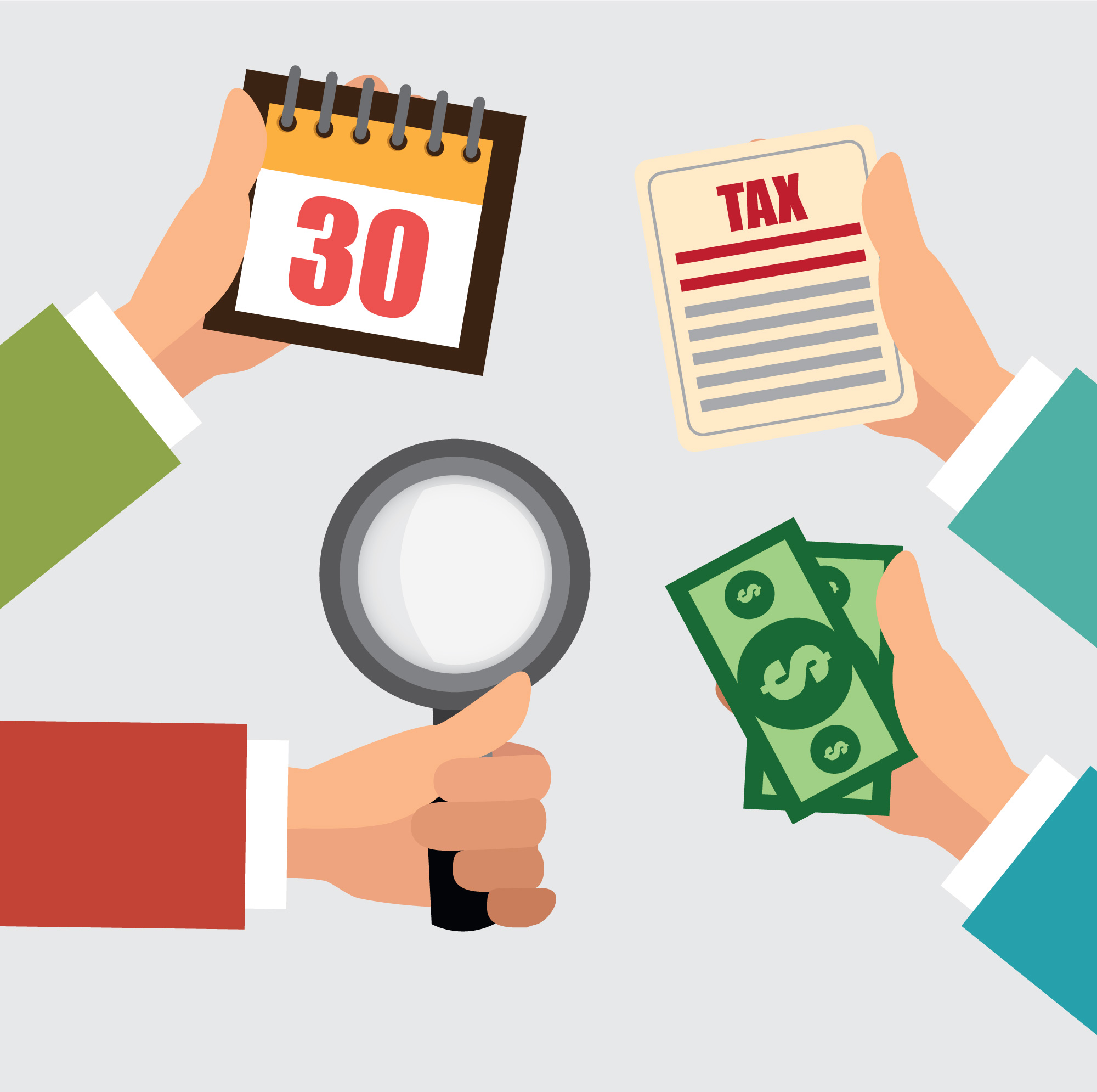Enhance Your Retirement: Leveraging Catch-Up Contributions for Those 50 and Older

As individuals approach retirement, many seek effective strategies to bolster their savings and secure a stable financial future. An often overlooked yet powerful tool in maximizing retirement plans is the utilization of "catch-up" contributions. This article delves into various retirement plans and the unique catch-up opportunities they offer for taxpayers aged 50 and over, providing invaluable insights into how these contributions can significantly enhance retirement savings.
Simplified Employee Pension Plans (SEP)
SEP IRAs are crafted to offer a straightforward, tax-advantaged method for self-employed individuals and small business owners to save for retirement. Contributions made are tax-deductible, and investments appreciate on a tax-deferred basis, promoting efficient savings growth over time.
While SEP IRAs lack specific catch-up provisions similar to those in 401(k) or SIMPLE IRAs, they stand out due to their relatively high contribution limits. This allows participants nearing retirement to save proactively. As of 2025, individuals can contribute up to the lesser of 25% of their compensation or $70,000, providing ample room for aggressive funding despite the absence of a catch-up mechanism.
Simple Incentive Match Plan for Employees (SIMPLE)
For the year 2025, SIMPLE IRAs and SIMPLE 401(k) plans set the standard employee elective contribution limit at $16,500. Participants aged 50 and above can benefit from an additional catch-up contribution of $3,500, raising their total potential contribution to $19,000. This is particularly advantageous for individuals aiming to ramp up their savings as they near the end of their careers.
Under the Secure 2.0 Act, a special provision exists for contributors aged 60 to 63 beginning in 2025. The catch-up limit for these ages increases to the greater of $5,000 or 50% more than the regular catch-up amount, leading to a 2025 limit of $5,250. Post-2025, these amounts are indexed for inflation.

Eligibility for these benefits is based on the individual's age as of December 31 of the relevant year. For example, if you turn 60 by the year's end, you qualify for the enhanced catch-up contributions. Conversely, starting the year at 63 and turning 64 by year's end disqualifies you from this enhanced provision.
Employer Contributions - SIMPLE plans require employers to offer one of two contribution options:
Matching Contribution: A 100% match of up to 3% of the employee's compensation, encouraging full participation by rewarding contributions.
Non-Elective Contribution: A steadfast 2% contribution of the employee’s compensation, rendered irrespective of the employee's own contributions, ensuring even those who cannot contribute maximally see an increase in their retirement funds.
Deferred Income Plans (401(k) Plans)
Known widely as 401(k) plans, these arrangements permit employees to defer a portion of their salary into a retirement account, with annual limits adjusted for inflation. In 2025, the limit will reach $23,500. For individuals aged 50 and over, an additional $7,500 catch-up amount elevates the total contribution capacity to $31,000.
To further benefit those nearing retirement, the Secure 2.0 Act introduces a higher catch-up contribution cap of $11,250 for those aged 60 to 63, bringing their potential contribution to $34,750 in 2025. This specific policy is crafted to offer substantial advantages, enhancing savings for those on the cusp of retirement.
Tax-Sheltered Annuity (TSA)
403(b) TSAs, primarily designed for public school employees and specific tax-exempt organizations, offer excellent catch-up contribution prospects to significantly amplify retirement savings.
The plans enable inflation-adjusted contributions for 2025, up to a cap of $23,500. For those over 50, an additional $7,500 can be contributed beyond the regular limits, accelerating their savings potential as retirement nears.

The "15-Year Rule" offers further benefits for long-serving employees, allowing up to $3,000 in additional yearly contributions for those completing 15 years of service with an eligible employer, subject to lifetime limits. This is particularly beneficial for career-dedicated educators and other qualifying professionals.
The Secure 2.0 Act extends the catch-up contribution benefit for taxpayers aged 60 to 63, lifting the cap for 2025 to match the 401(k) and 403(b) limits of $34,750.
Supplementary Strategies to Boost Retirement Savings
Health Savings Accounts (HSAs) - Beyond their role in managing immediate medical expenses tax-efficiently, HSAs can serve as a strategic retirement tool. They provide a unique triple tax advantage: contributions are deductible, growth is tax-free, and withdrawals for qualified medical expenses are tax-exempt. After age 65, individuals can make penalty-free withdrawals for non-medical expenses, aligning HSAs with traditional IRAs for flexibility in retirement fund usage.
Strategic Roth IRA Contributions - Roth IRAs attract older Americans with their exemption from mandatory withdrawals, allowing tax-free wealth growth and inheritance planning. Strategic Roth conversions, particularly in lower-income years, can mitigate future taxable required minimum distributions and enhance tax-free withdrawal potential.
IRA Contributions without Age Limits - The SECURE Act eliminated the age barrier for traditional IRA contributions, allowing individuals over 70½ with earned income to continue bolstering their retirement savings. This change helps offset financial imbalances created by withdrawals.

Astute tax planning is crucial for maximizing retirement savings. Don't hesitate to reach out for personalized guidance tailored to unlock your retirement potential effectively.
Want our best tax and accounting tips and insights delivered to your inbox?
Sign up for our newsletter.